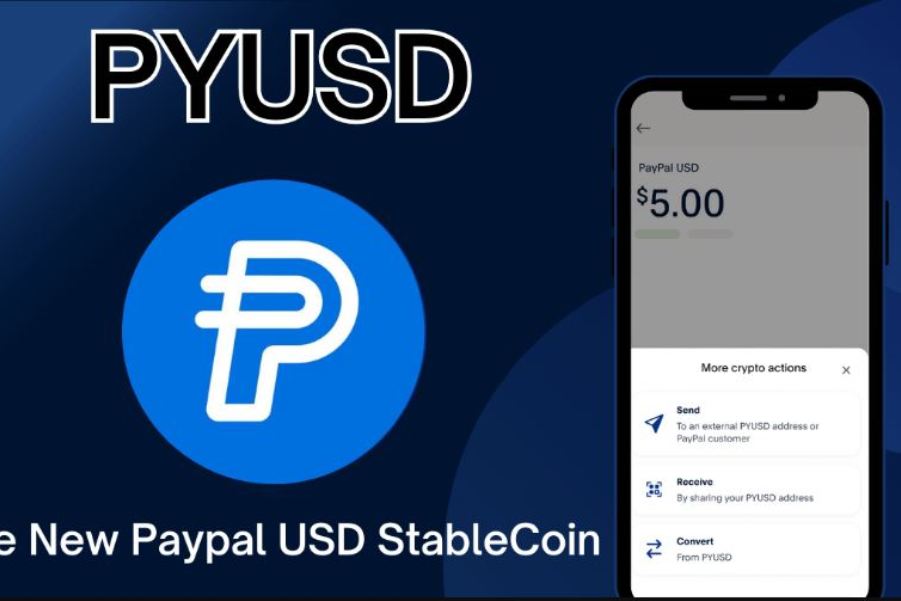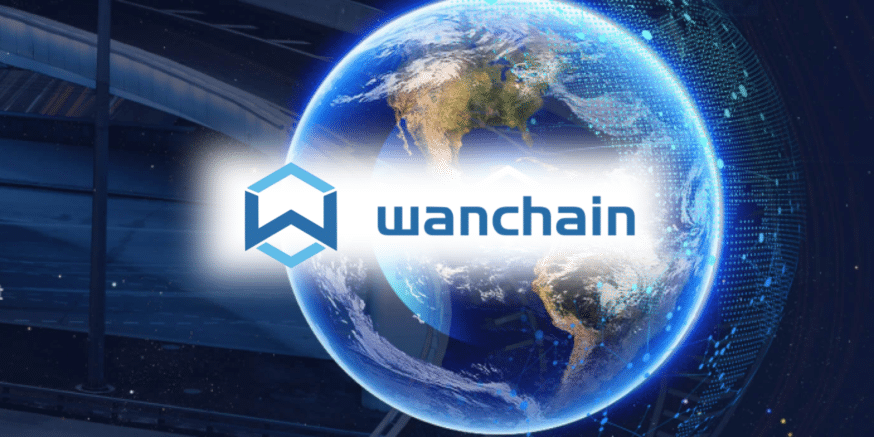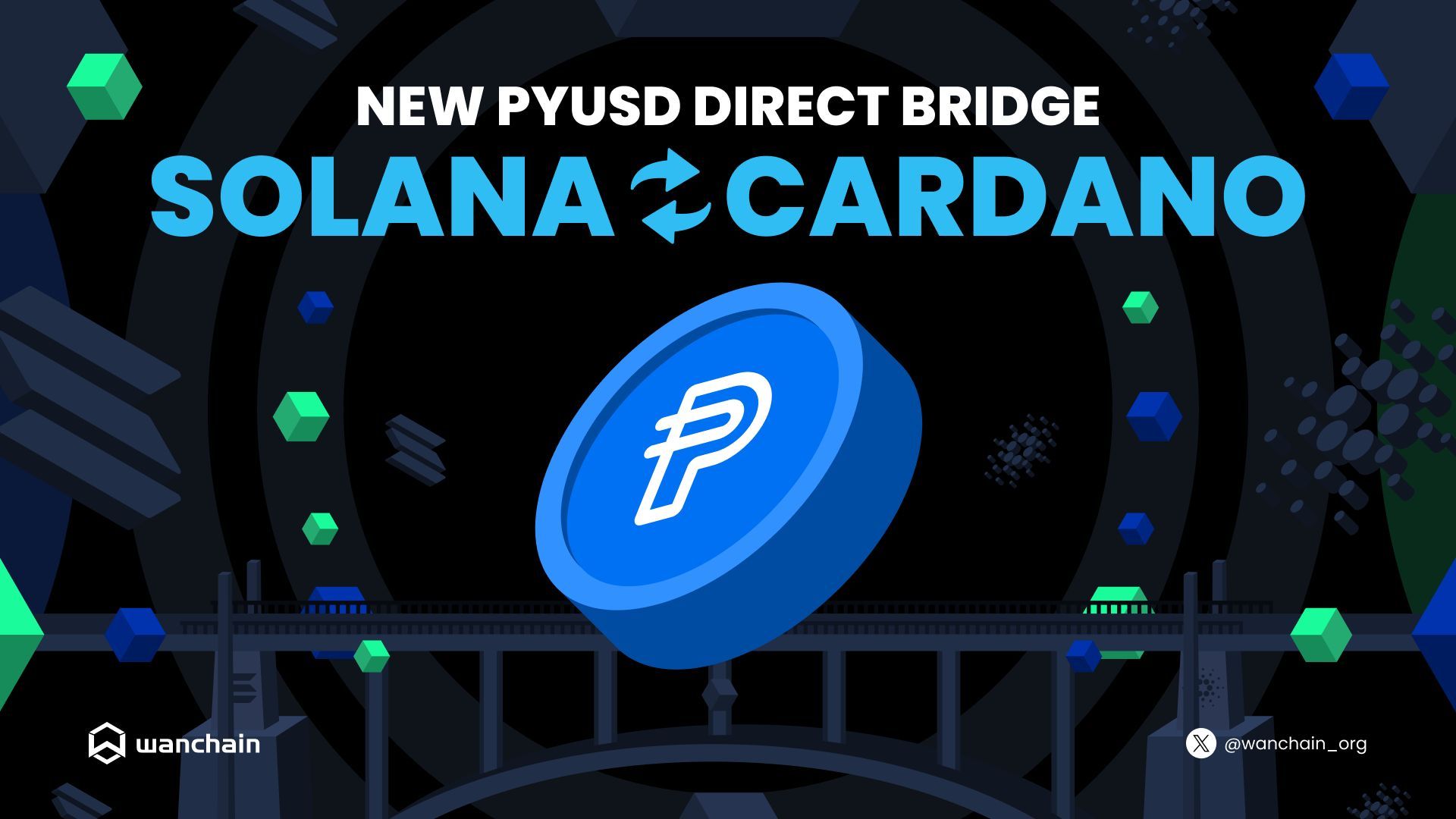Stablecoins are playing a transformative role in digital finance, and now PayPal USD (PYUSD) is taking a significant step by extending its reach to the Cardano blockchain through the Wanchain bridge. According to an announcement reported by Crypto.news on March 11, 2025, this development marks a pivotal moment in bridging traditional financial systems with decentralized networks. Already operational on Ethereum and Solana, PYUSD’s integration with Cardano is designed to enhance cross-chain functionality, foster the expansion of decentralized finance (DeFi), and unlock fresh opportunities for users. As stablecoins gain increasing traction globally, this move not only strengthens PayPal’s presence but also enriches Cardano and the wider blockchain ecosystem with new possibilities.
PayPal USD Joins Cardano’s Ecosystem
Launched in August 2023, PYUSD is PayPal’s stablecoin pegged to the U.S. dollar, designed to combine the stability of fiat currency with the efficiency of blockchain technology. Initially available on Ethereum and Solana, PYUSD’s market cap reached around $500 million by March 2025. The addition of Cardano to its supported blockchains, facilitated by Wanchain’s cross-chain bridge, expands its user base, tapping into Cardano’s scalability and environmentally friendly proof-of-stake consensus. This integration provides Cardano users with seamless access to PYUSD, strengthening the blockchain’s competitive position in the DeFi space.

Wanchain, known for pioneering blockchain interoperability, plays a key role in enabling secure and trustless asset transfers across various networks. The bridge connects Cardano to PYUSD’s existing platforms, allowing users to transfer funds easily without the need for centralized intermediaries. This aligns with PayPal’s goal of enhancing digital payment accessibility while leveraging Cardano’s infrastructure to support a growing global user base.
Enhancing Cardano’s DeFi Potential
Cardano has long positioned itself as a blockchain of the future, with a focus on research-driven development and sustainability. By March 2025, Cardano’s DeFi ecosystem had surpassed $447 million in total value locked (TVL), reflecting steady growth in lending, trading, and liquidity provision. The integration of PYUSD further strengthens this ecosystem by offering a stable, fiat-backed asset for users and developers to utilize.
With PYUSD, Cardano users can engage in DeFi activities such as staking, yield farming, and trading while enjoying the stability of a U.S. dollar-pegged coin. This reduces the risks associated with the volatility of native tokens like ADA, making DeFi more accessible to newcomers. For example, users can bridge PYUSD to Cardano, deposit it into a lending protocol, and earn yields, all while maintaining price stability. This feature could drive further adoption of Cardano as a hub for stablecoin-driven financial innovations.
The Importance of Wanchain
The Wanchain bridge is crucial to this expansion, known for connecting major blockchains such as Ethereum, Binance Smart Chain, and now Cardano. Wanchain employs decentralized mechanisms to ensure secure and efficient asset transfers. For PYUSD, the bridge enables seamless cross-chain compatibility, allowing users to transfer the stablecoin from Solana or Ethereum to Cardano with minimal friction. Interoperability is vital in a multi-chain world, where isolated ecosystems often limit user flexibility.
Temujin Louie, CEO of Wanchain, highlighted the bridge’s role in providing “greater flexibility and control” for users. By removing barriers between different networks, Wanchain empowers individuals to manage their assets across multiple platforms, contributing to a more interconnected blockchain ecosystem. This supports the broader trend of interoperability, which is seen as a major factor in driving the next phase of crypto adoption.

The Rise of Stablecoins
Stablecoins have become a cornerstone of modern blockchain finance, offering stability in a market known for its volatility. By March 2025, the global market cap of stablecoins had reached $219 billion, with USDT and USDC dominating the sector. Although PYUSD is smaller, it brings an important advantage: PayPal’s trusted brand and infrastructure, which are recognized by millions of people worldwide. Its entry into the Cardano ecosystem adds credibility, bridging the gap between traditional finance and decentralized technology.
Temujin Louie, CEO of Wanchain, emphasized that the bridge offers users “greater flexibility and control” by breaking down barriers between diverse networks. This enables individuals to seamlessly manage their assets across various platforms, fostering a more interconnected blockchain ecosystem. Such advancements align with the growing trend of interoperability, widely regarded as a key driver in accelerating the next wave of cryptocurrency adoption.
The Future of PYUSD and Cardano
The expansion of PYUSD to Cardano is just the beginning. Cardano’s development roadmap includes further advancements in its DeFi ecosystem, such as improved smart contract capabilities and additional cross-chain integrations. With PYUSD now available, developers have the opportunity to create new applications, such as payment gateways or lending platforms, tailored to Cardano’s growing community. Meanwhile, PayPal could explore additional blockchains and use Wanchain or other bridges to further extend PYUSD’s reach.
For users, this means more possibilities. A Cardano wallet holder could bridge PYUSD from Ethereum and use it in a decentralized exchange, transferring it back to Ethereum as needed—all in a secure and low-cost environment. As Cardano’s TVL increases and PYUSD’s adoption continues to grow, this partnership may accelerate the development of blockchain interoperability, attracting both retail and institutional players.

Conclusion
The expansion of PayPal USD to Cardano via the Wanchain bridge represents a pivotal development for both stablecoins and decentralized finance. By introducing PYUSD to a scalable, eco-friendly blockchain like Cardano, PayPal not only strengthens Cardano’s ecosystem but also advances its own mission in digital finance. With PYUSD boasting a market cap of $500 million and Cardano’s total value locked (TVL) standing at $447 million, this integration paves the way for new opportunities in liquidity and innovation. As stablecoins continue to reshape the crypto landscape, the PayPal-Cardano collaboration, facilitated by Wanchain, lays the groundwork for a more interconnected and user-focused future in blockchain technology. So, keep an eye on Cardano—stablecoin adoption is clearly on the rise.








